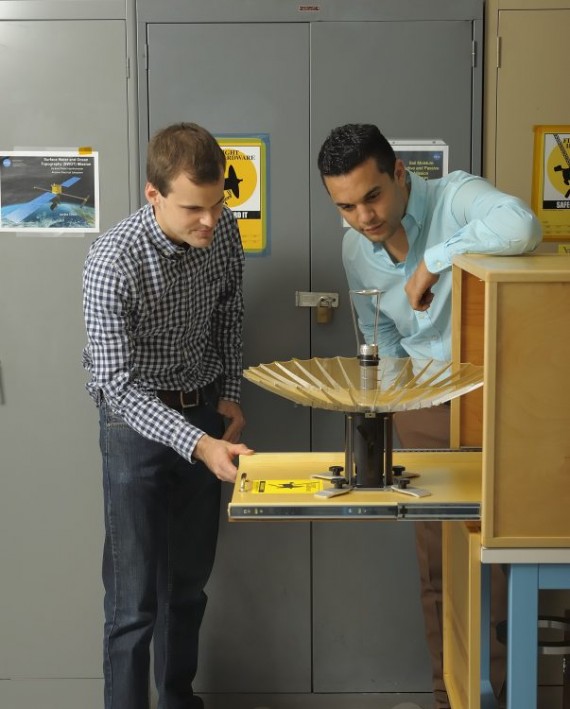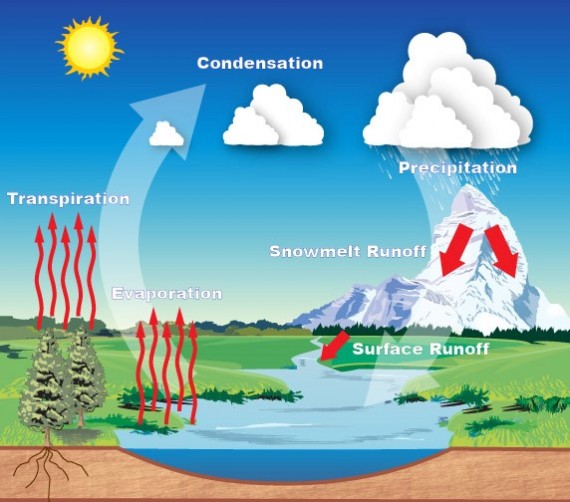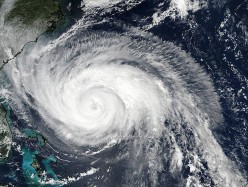-
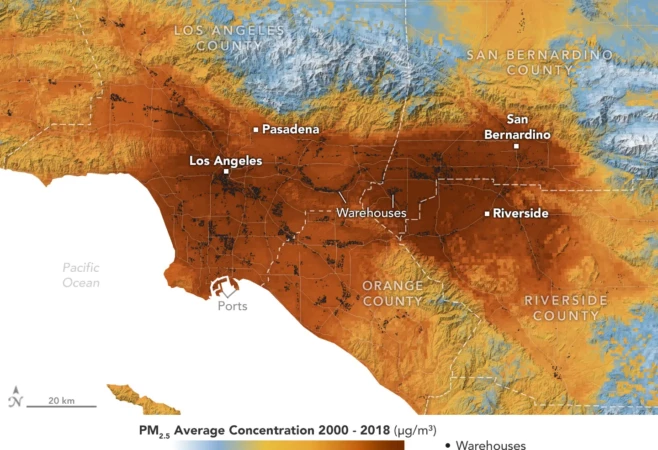
October 11th, 2024
NASA-Funded Study Assesses Pollution Near Los Angeles-Area WarehousesAs goods of all shapes and sizes journey from factory to doorstep, chances are they’ve stopped at a warehouse along the way—likely several of them. The sprawling structures are waypoints in the logistics networks that make e-commerce possible. Yet the convenience comes with tradeoffs, as illustrated in a recent NASA-funded study. Published in the journal GeoHealth,
-
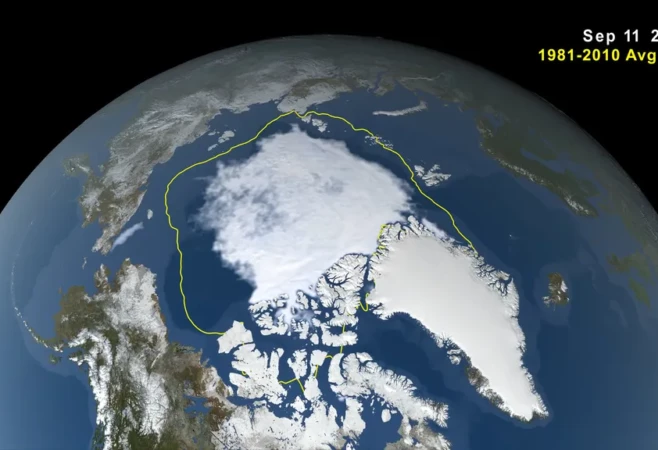
September 30th, 2024
Arctic Sea Ice Near Historic Low; Antarctic Ice Continues DeclineArctic sea ice retreated to near-historic lows in the Northern Hemisphere this summer, likely melting to its minimum extent for the year on Sept. 11, 2024, according to researchers at NASA and the National Snow and Ice Data Center (NSIDC). The decline continues the decades-long trend of shrinking and thinning ice cover in the Arctic
-
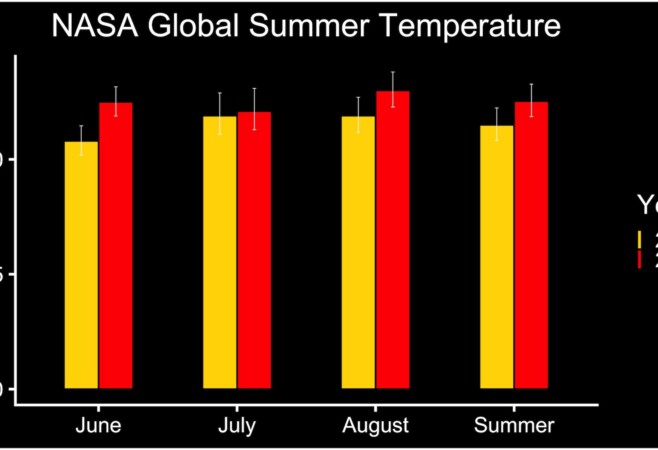
September 17th, 2024
NASA Finds Summer 2024 Hottest to DateAugust 2024 set a new monthly temperature record, capping Earth’s hottest summer since global records began in 1880, according to scientists at NASA’s Goddard Institute for Space Studies (GISS) in New York. The announcement comes as a new analysis upholds confidence in the agency’s nearly 145-year-old temperature record. June, July and August 2024 combined were
-
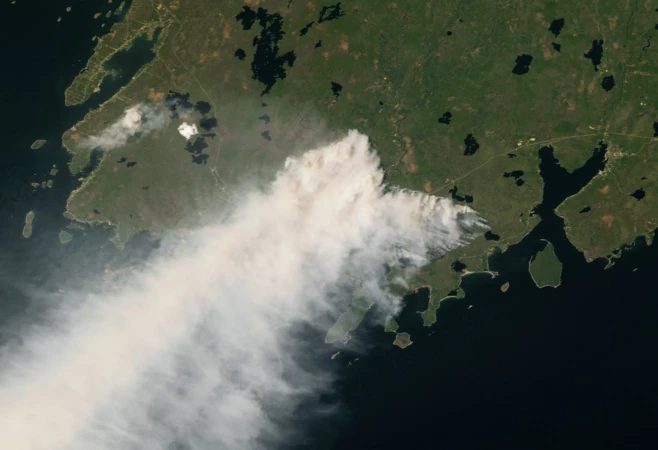
September 3rd, 2024
NASA Study Tallies Carbon Emissions from Massive Canadian FiresStoked by Canada’s warmest and driest conditions in decades, extreme forest fires in 2023 released about 640 million metric tons of carbon, NASA scientists have found. That’s comparable in magnitude to the annual fossil fuel emissions of a large industrialized nation. NASA funded the study as part of its ongoing mission to understand our changing

